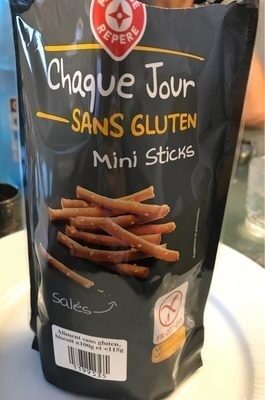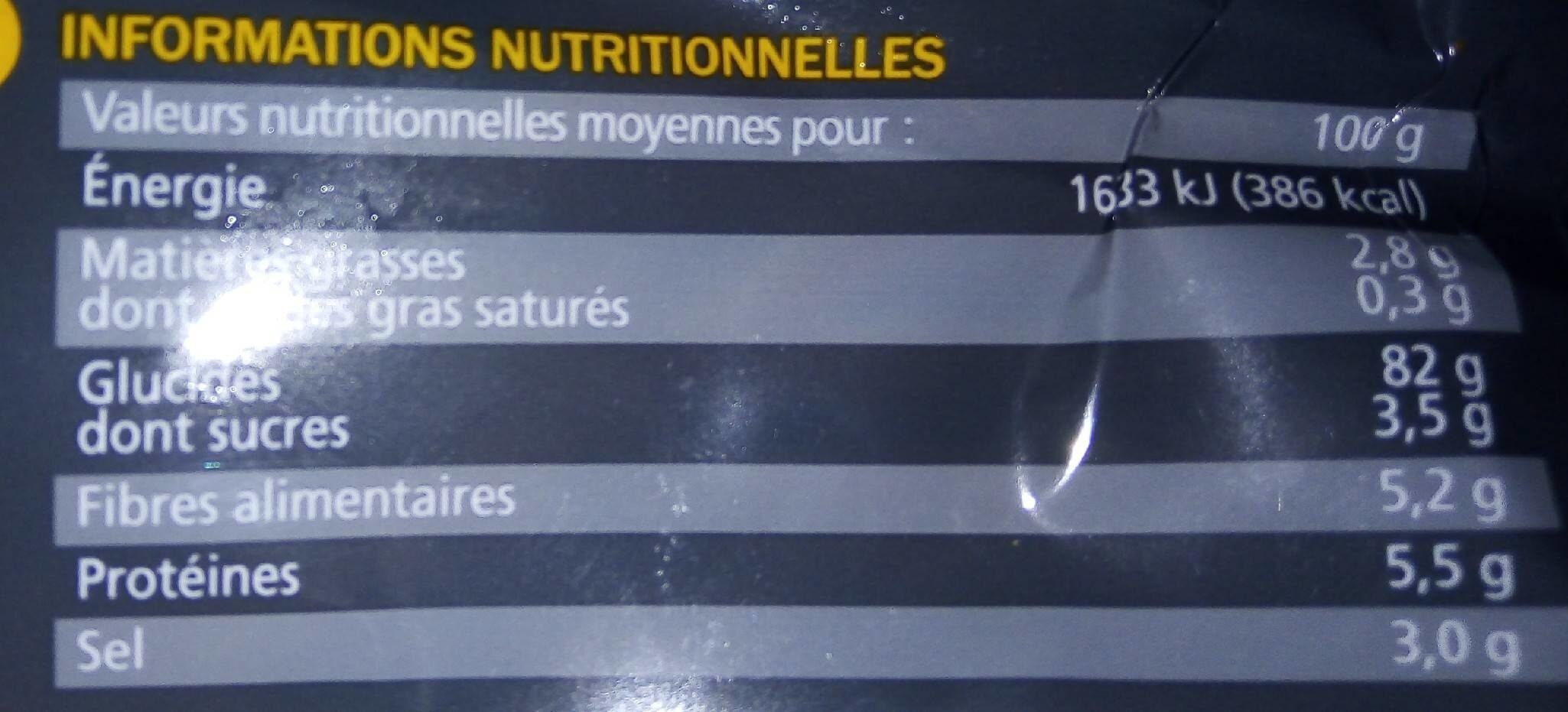Mini sticks sans gluten - Marque Repère - 100 g
This product page is not complete. You can help to complete it by editing it and adding more data from the photos we have, or by taking more photos using the app for Android or iPhone/iPad. Thank you!
×
Some of the data for this product has been provided directly by the manufacturer Scamark.
Barcode: 3564700826003 (EAN / EAN-13)
Quantity: 100 g
Brands: Marque Repère, Chaque Jour Sans Gluten
Labels, certifications, awards: No gluten
Stores: Leclerc
Countries where sold: France
Matching with your preferences
Environment
Packaging
Transportation
Report a problem
Data sources
Product added on by kiliweb
Last edit of product page on by inf.
Product page also edited by openfoodfacts-contributors, org-scamark, roboto-app, scamark, teolemon, yuka.sY2b0xO6T85zoF3NwEKvll51Xtfghx3dESblmUyh-fakdL7PPopw5Nenb6o.








